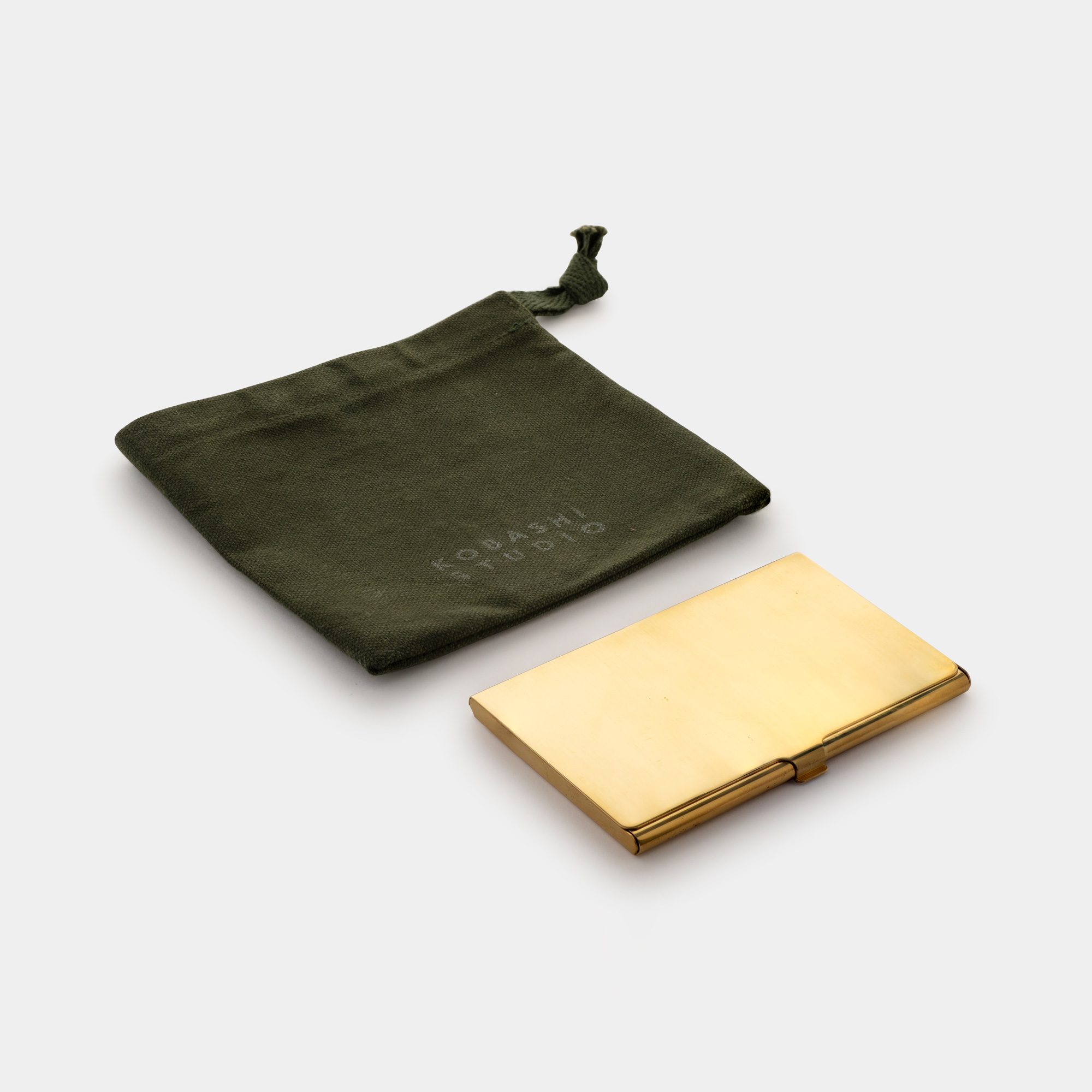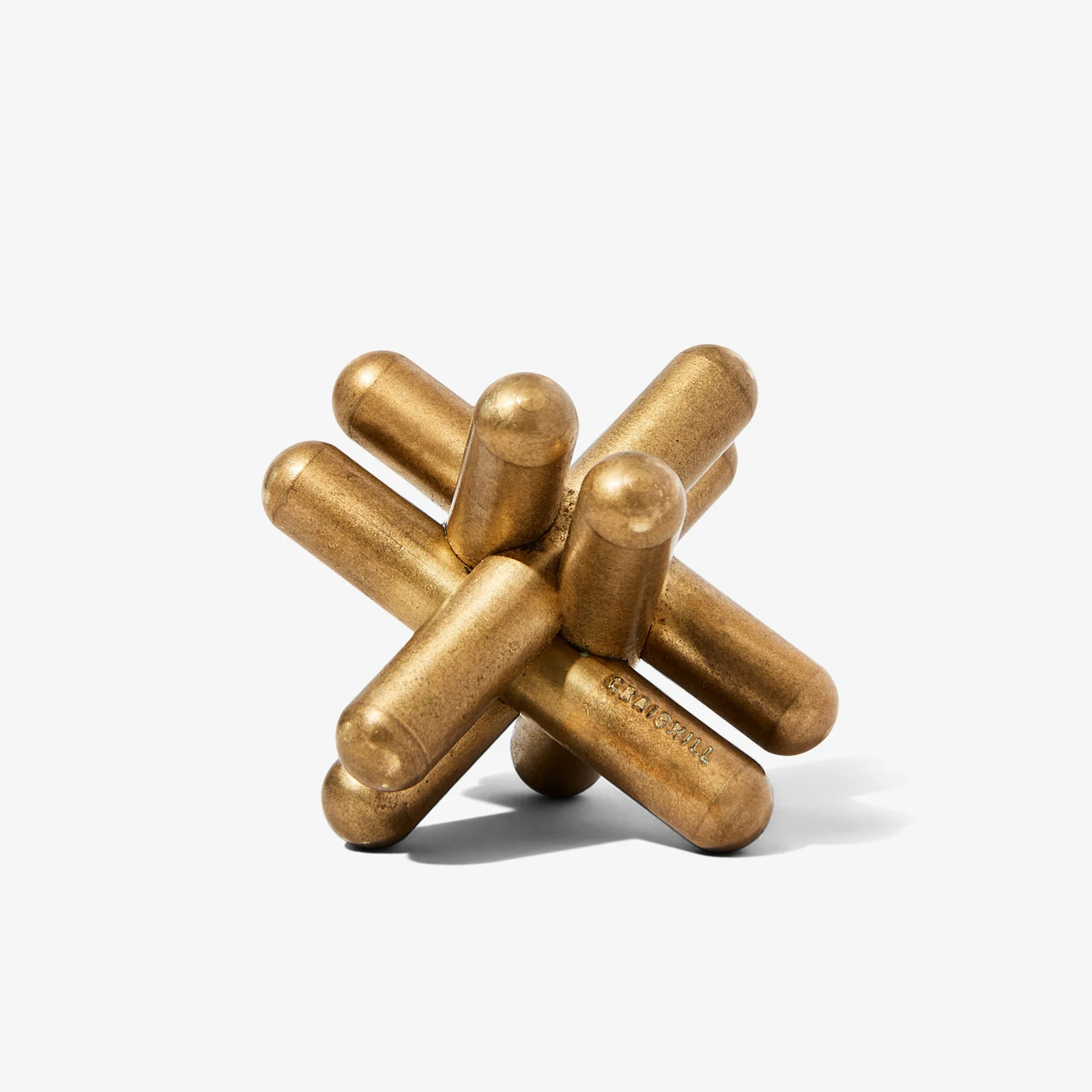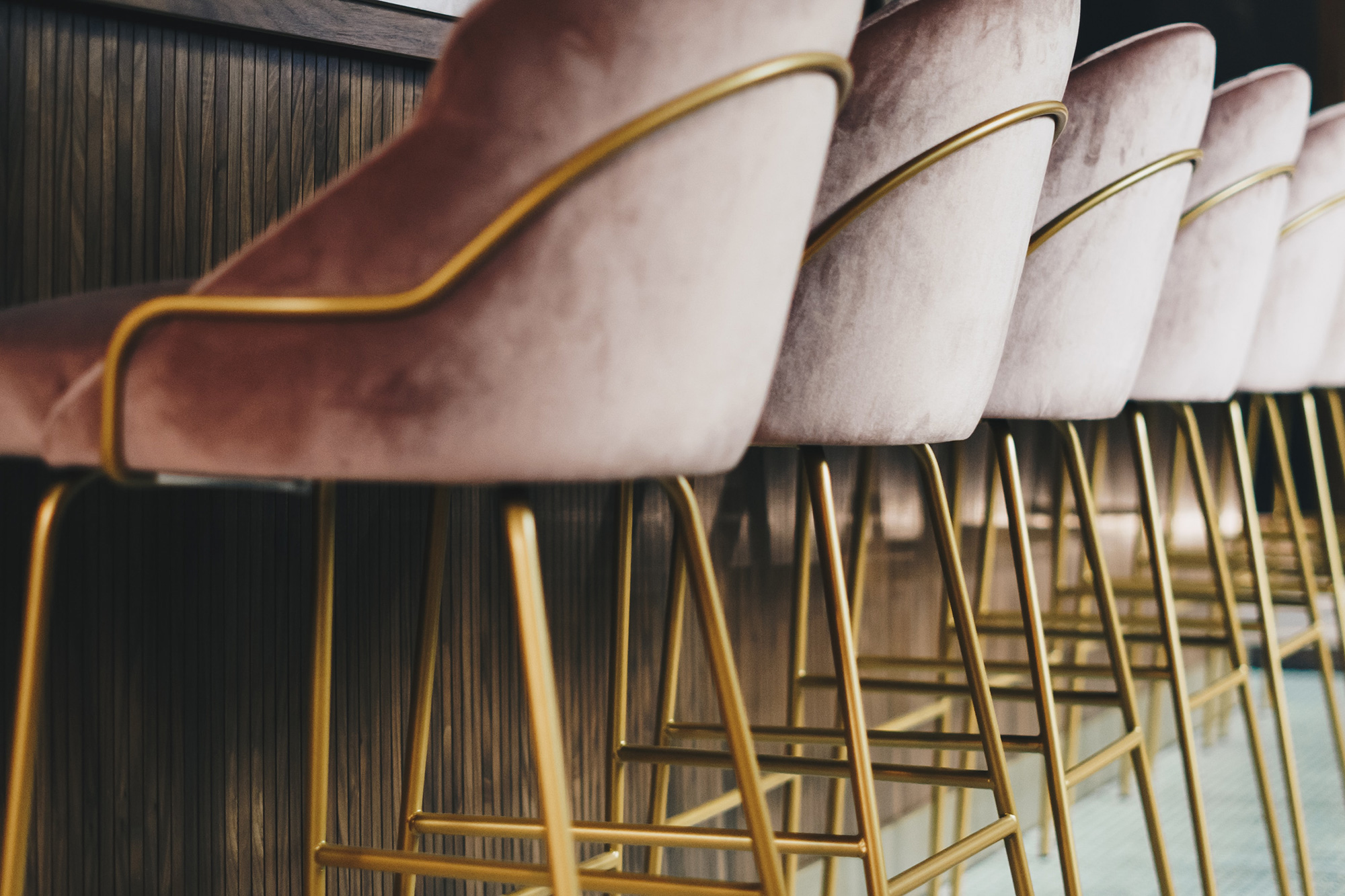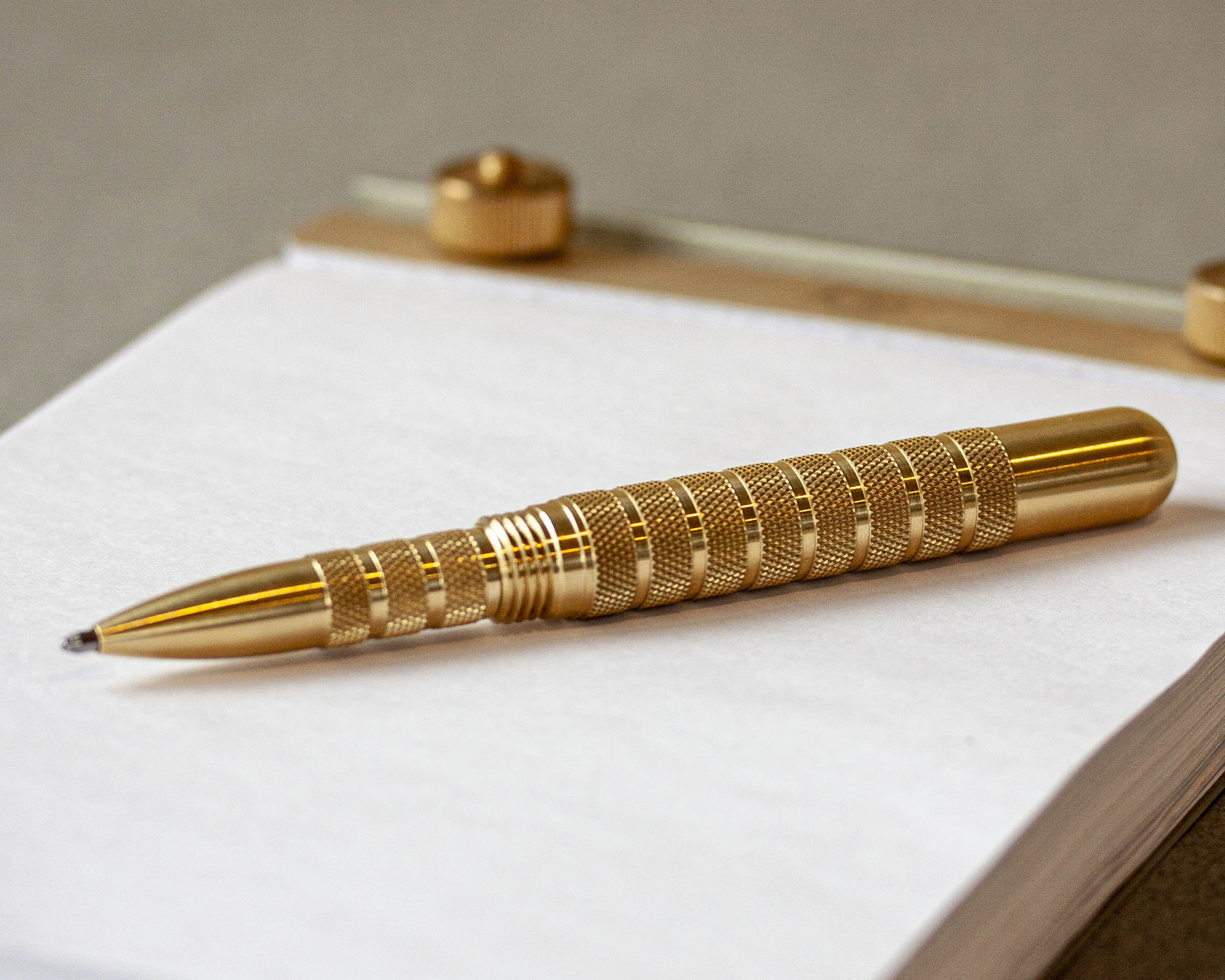Brass has become increasingly more popular over the years in contemporary product design and interior design. From lighting to furniture and from desk accessories to kitchenware, a wide range of designs feature brass, either as a sole or main material. However, unpolished brass develops a patina over time, dulling the golden glow of the object. If you’re not a fan of that antique look, we’ve put together a handy guide on how to clean brass, brass hardware, and more in easy and efficient ways. Whether you want to know how to clean brass with vinegar or are just searching for a clean brass home remedy to make your favorite table lamp or brass business card holder shine, we’ve got your back.
Before delving into the specifics of how to clean brass and brass hardware, let’s talk about this popular material.
Used since prehistory, albeit with different compositions compared to the modern version made from an alloy of zinc and copper, brass has always been a popular choice for artisans. From decorative objects and sculptures to utensils and vessels, brass offered a more affordable alternative to metals like gold. Now, designers use this alloy to create everything from watches and key rings to table lamps.
However, not all brass objects are actually 100% brass. Some items may have only a brass plating, which can get damaged during cleaning and may require extra care to minimize scratches. A magnet is the easiest way to check if an object is brass or only has brass plating, as magnets don’t stick to pure brass. If the magnet does stick, the object features a brass plating. This can be cleaned with warm water and soap, but gently, to reduce the chance of scratching the surface.
Some brass items have a lacquer that protects the material from aging and developing a patina. In this case, again, warm water and soap offers the best way to clean the object as it doesn’t need any extra care. After all, the varnish protects the brass from tarnishing. If the lacquer is chipped in places, however, you’ll need to take the object to a specialist for re-finishing.
Learning how to clean brass, whether with vinegar or with store-bought supplies, is easy with a few small tips. For one, you need a soft cotton cloth you can use either slightly damp or wet. After cleaning the object with warm water and soap, you can simply polish the surface to remove any discoloration. And that works great with items that only require minimal cleaning. If you want to know how to clean brass hardware or antique products that have a strong patina, you’ll need the help of a special cleaning agent. Thankfully, there are a few natural solutions that are not only easy to make with stuff you probably already have in the kitchen, but also highly efficient.
What is the fastest way to clean brass?
If you want to learn how to clean brass quickly, this option is the way to go. You’ll just need a lemon, baking soda, and a clean cloth. Depending on how many items you want to clean or how advanced the tarnish is, you’ll need the juice of a half of lemon or a lemon, and one or two teaspoons of baking soda. Combine the two two create a paste which you can apply on the surface of the brass object with the cloth. Objects with only a mild patina can be wiped off after a few minutes, while those with more tarnish require about 30 minutes. For the most persistent spots and heavy patina, you can repeat the process. After wiping off the lemon and baking soda paste, clean the item with warm water and soap and dry it with a clean cloth.
What ingredients can I use to clean brass at home?
Acid is extremely effective in removing tarnish from brass objects, but relax, you won’t need anything harsh or dangerous. The acidic substances from lemon, white vinegar, and tomatoes (tomato paste and ketchup) offer the perfect solution to clean brass hardware and objects easily and in a completely natural way. Cooking ingredients like salt, baking soda or flour can also help you make a fine scrub or paste that removes brass patina cleanly and efficiently.
Does vinegar harm brass?
Vinegar has only mild levels of acetic acid – after all, we put it in our food – and thus doesn’t harm brass. However, if you keep a brass object immersed in a strong vinegar solution and leave it for hours or even overnight, it may corrode. Vinegar can remove some copper from the brass alloy, turning the liquid lightly blue. If that happens, the brass may weaken. For safety, only use a mix of vinegar and water and don’t leave an item submerged in strong vinegar for more than a few hours or overnight.
How do you clean brass without removing all patina?
So you want to know how to clean brass hardware but still keep some patina on the object? You’ll need a milder cleaning agent and not vinegar or ketchup for this task. As these two substances contain acid, they strip away the tarnished layer to reveal the golden gleam of brass – indiscriminately. If you want to preserve some of the patina, you’ll need a cloth and a simple solution of warm water and dish soap. This mix is mild enough to preserve the aged look of the brass but efficient enough to clean the surface and remove dirt.
How to clean brass with ketchup?
Probably the most surprising candidate for brass cleaning, ketchup is nevertheless extremely effective in removing patina from brass objects, especially if the tarnish is not too heavy. To use, simply apply ketchup or tomato paste on the surface of the item you want to clean and leave it for around an hour to let the acid from the tomatoes and the vinegar from ketchup do their thing. After removing the paste, clean the object with warm water and soap, and then leave it to dry or pat it dry with a soft cloth.
How do you polish brass to a mirror finish?
The most convenient way to polish brass to a mirror finish is to use a specialized product that does exactly that. Or to take your object to an expert. If you prefer the DIY approach, keep in mind that it may require extra elbow grease. Removing tarnish from a brass object is one thing, polishing it to a perfect gleam without any marks – like a pro – is another.
For best results, you’ll need a set of wet-dry sandpaper with different grit levels, from 600 to around 2000. Apart from the sandpaper, you’ll also need water, a cloth, and a polish. Before starting the actual polishing process, clean the object with warm water and dish soap to remove any dirt and small particles. Then, use the water soaked sandpaper (starting with the coarsest one of 600 grit) to buff the surface of the brass. Use water to keep the sandpaper lubricated at all times. Clean the object before moving to the next type of sandpaper, until you finish with the softest one, of 2000 grit.
The item should have a beautiful gleam by now, so you can move to the next step, polishing. You can use anything from an alloy or metal polish to car polish or rouge, which is used in jewelry to buff precious metals. After cleaning and drying the object, apply a lacquer thinner to remove finer particles. Follow that with a grease remover to ensure no residue remains. Finally, apply lacquer in two coats to protect the mirror finish from tarnish. Remember that this technique is suitable for some items but not others. For example, more delicate hardware or antique items may require the skill of a specialist.






